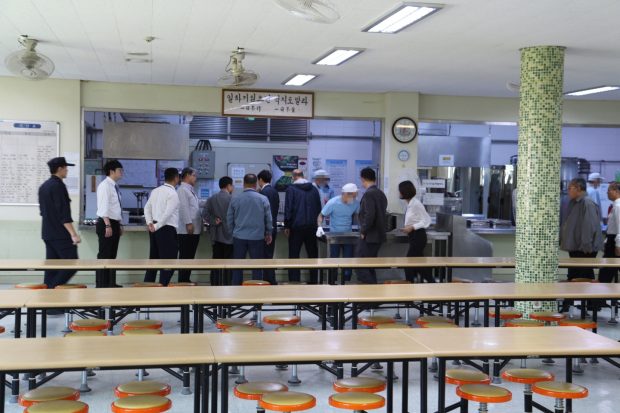
The system of this prison is designed to provide high level of humanitarian behavior toward inmates; the way to evaluate human dignity
A prison is generally considered a desolate place where guards address prisoners by the number printed on their uniform and where prisoners eat revolting meals. These images, however, are not so true, at least at the Somang Correctional Institution in Yeoju, Gyeonggi, South Korea.
Somang is the first and only private prison in Korea. It was set up with an investment of 30 billion won ($27 million) from a Christian foundation called Agape. Guards address prisoners by name and guards and prisoners eat meals together in a clean Dinning Hall. It is a tradition that the warden hands out warm hugs instead of threats of punishment for violations of disciplinary rules.
While entering in the prison, one can see a sign that read, “From a prison that confines people behind bars to a community that can save people.”
The Dining Hall can accommodate up to 160 people, where the smell of good food permeates the air. The menu includes pan-broiled squid, sea jelly soup and braised scallions with watermelon for dessert.
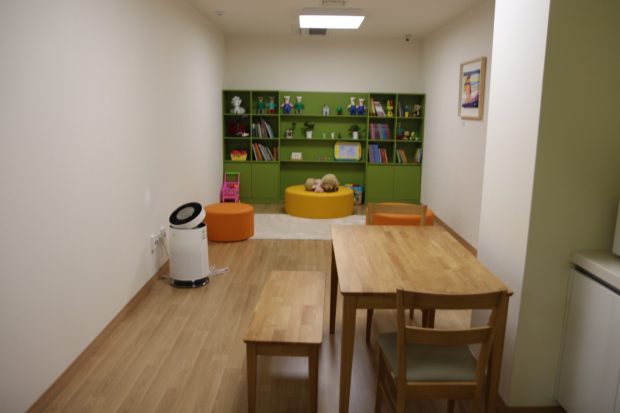
In many prisons, inmates eat meals behind bars in their cells, with a toilet prominently visible next to them. Such a scene isn’t a part of Somang. The people who cook and serve are the prisoners. Guards and other staff working at the prison eat food cooked by the prisoners.
In a woodworking shop, prisoners used to work hard carrying and cutting timber.
Somang’s personality improvement program is quite famous among prisoners. In the first eight months, every prisoner must participate in the program, consisting of four stages.
In the orientation stage, Somang identifies each prisoner’s character through an MBTI (Myers-Briggs Type Indicator) test and encourages them to believe that they can be a part of society in the future. In the second stage, counselors try to deal with prisoners’ emotional issues. Then they move on to job education – growing herbs and paprika for example – and also get music therapy sessions.
In the third stage, the core programs mostly consist of efforts to change prisoners’ personalities through techniques including meditation and therapy to help prisoners empathize with crime victims. The final stage comprises social adaptation programs to help a prisoner ease back into the world outside the prison walls.
“Our first goal is to help prisoners adapt to society when they are released,” said Kim, the education director.
It costs about 6.1 billion won ($5.4 million) per year to run this private prison, about 10 percent less than the cost of running public prisons. Many money-saving techniques were designed into the prison. For example, the facility is built in the shape of an X, with the control center in the middle to allow monitoring on all four sections of the prison at the same time. It is currently being run by 114 paid staff and scores of volunteer workers.
The prison is fully equipped with extensive assembly halls, physical exercise facilities and high-tech electronic lock devices, all way above the standard of those in state-run prisons. It occupies 214,000 square meters and can accommodate a maximum of 300 inmates. The foundation selects the prisoners among male volunteers who are first offenders with a year or more left of their sentence.
They are also required to be sentenced to seven years or less in jail for offenses excluding drug, public security and organized violence crimes.
The religion-based private prison, modeled on private prison systems in Brazil and the U.S., has been introduced as a solution to overpopulated state-run prisons.
“We believe that the participation of our civil partner will greatly boost the efficiency of the prison system and also improve the welfare of the prisoners,” says a ministry official.
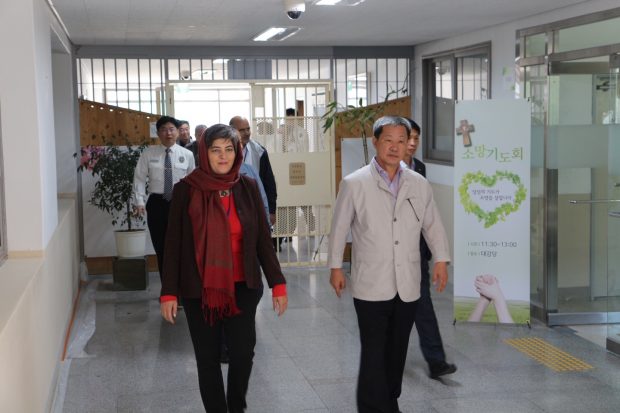
Ms. Pooneh Nedai, an eminent Iranian journalist and member of Seoul-based Asia Journalists Association (AJA) had also visited this prison. She writes that there are inmates who prefer Somang private prison to state prison!
“Somang is actually a correction institution for the inmates who really want to change themselves,” she says.
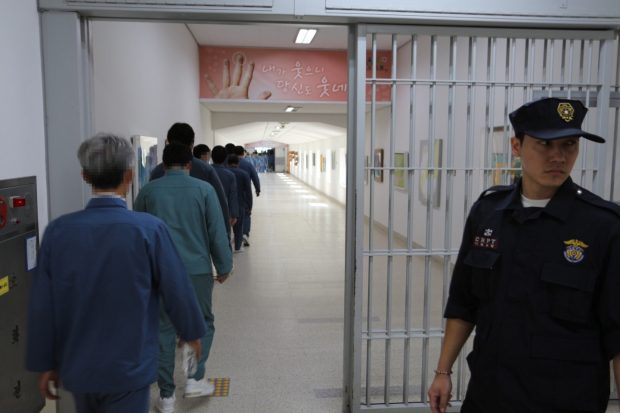
According to her, the system of this prison is designed to provide high level of humanitarian behavior toward inmates; the way to evaluate human dignity which can be found in a utopia. But such a utopia practically exists in Somang correction institution.
Somang has been active for a decade. In 1991, the law for private prison was passed through national assembly. In 1995, the building was made by a church. In 2001, Agape was established to support the institution. In 2003, a contract between the government and Agape was signed and in 2010, Somang started to operate. The private prison is just for men.
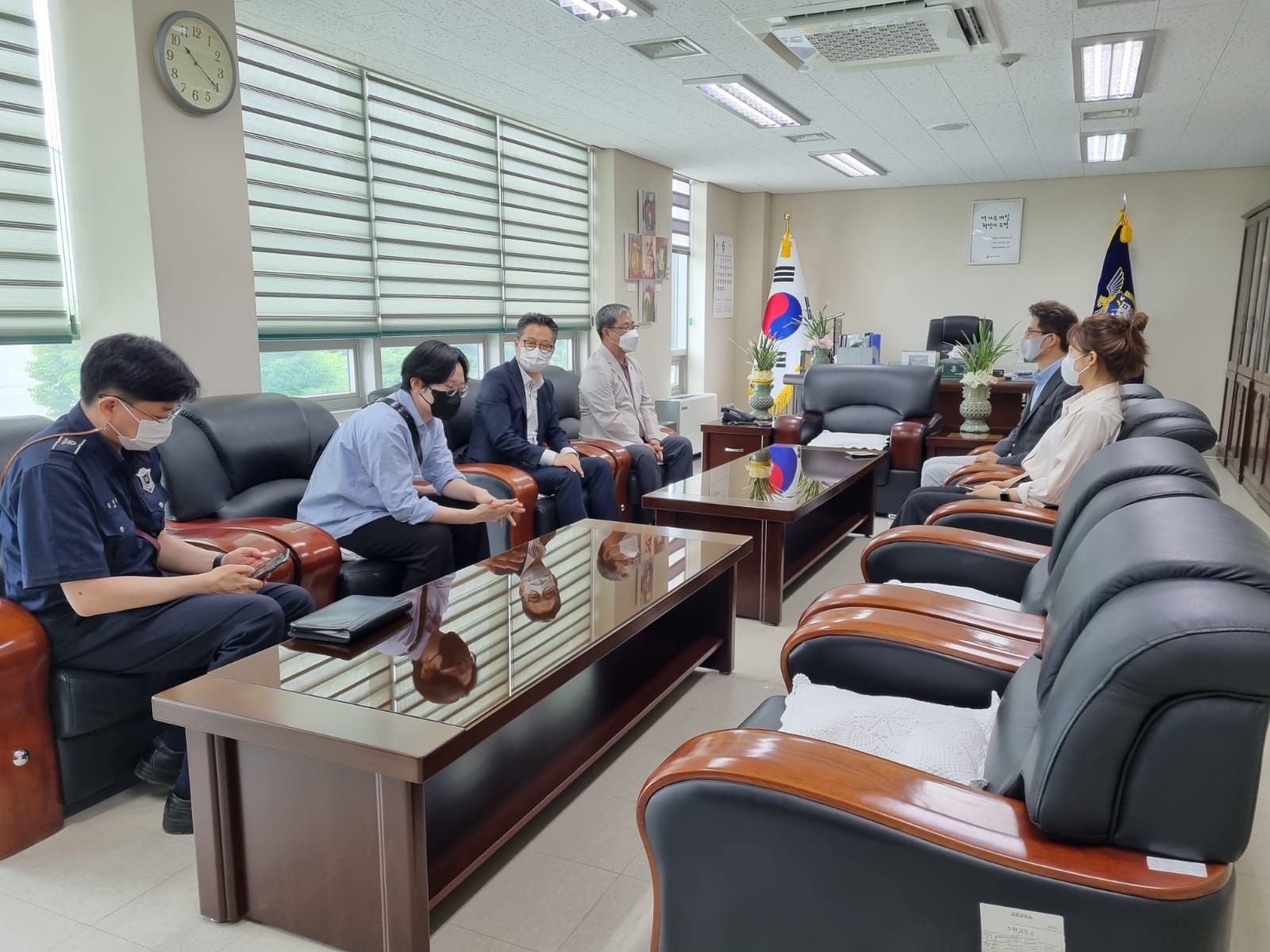
“When I asked about the selection of inmates for Somang, the officials told: “We interview inmates in state and if we realize that they are really eager to change themselves, we accept them.”
“We do not accept drug prisoners. 60 percent of inmates are violence criminals.”
“We visited places for therapy and different kinds of classes, music, foreign languages, theater, a convenience room and a full equipped suite for a 4 hour and 24 hour meeting of the inmate with his family, places for teaching jobs like barbershops, laundry, making handicrafts, and many other options – all with enough natural light,” Pooneh writes.
There are 3000 volunteers in a year who support inmates for a better life and state of mind.
But there are two important steps for each inmate before and after their time in Somang – Before they start their sentence, they write their goals, a sort of wish list, on a piece of paper. Then, they read in a loud voice for others and hide them in a box. After they are released from jail, the paper is brought from the box and then there is an assessment whether they have really reached their goal or not.
The inmates live with each other and with the prison staff like an extended family. At the end of their jail sentence, a party is organized for them. However, most of them do not want to leave the prison! And as said by a staff: “we expel them by force!”
Then they know how to live within the society, have their own income and be good people.
______________________
Source: The AsiaN, Korea Herald, Korea Joongang Daily